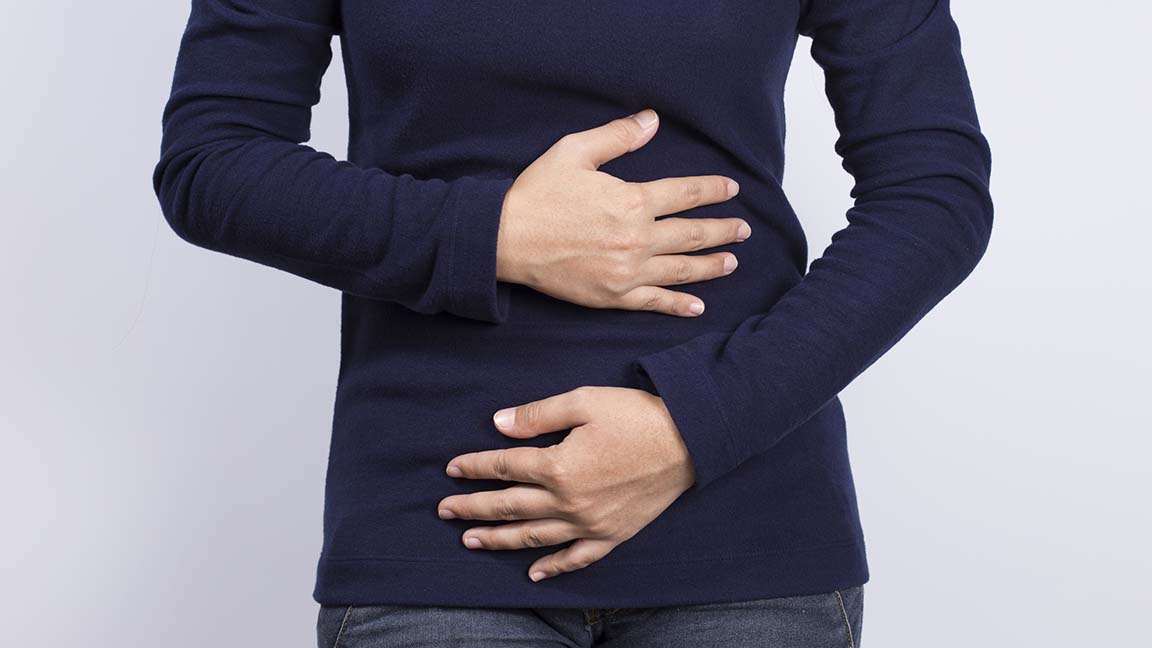An estimated 20 to 80 percent of women develop uterine fibroids by age 50, yet many women aren’t aware of the condition.
Although fibroids often go undetected and cause no symptoms, in some cases they can impact fertility and cause complications such as heavy menstrual bleeding, frequent urination and constipation, so it’s important for women to be familiar with fibroids and their symptoms.
Dr. Monica Selander, an OB-GYN who practices at the Georgetown and Holmestown Road locations of Tidelands Health OB/GYN, offers insight into what women need to know.
What are fibroids?
Fibroids are, with rare exceptions, non-cancerous tumors in or around the uterus.
Who gets fibroids?
Fibroids are more common in premenopausal women, but can affect women at all stages of life, says Dr. Selander.
“They more commonly cause symptoms and issues in younger women because the fibroids are responsive to estrogen,” she says. “Fibroids that cause heavy menstrual bleeding also would be more symptomatic in premenopausal women since those who have gone through menopause no longer have bleeding or menstrual cycles and also have lower levels of estrogen.”
What are the symptoms of fibroids, and how are they diagnosed?
“Many women have fibroids that cause no symptoms, and they have no idea they have them,” says Dr. Selander. “Many times when doing hysterectomies, C-sections or laparoscopies for other reasons, we will incidentally notice fibroids on the uterus in a patient who had no symptoms.”

Oh, baby!
Follow along as Dr. Selander and her husband, Tidelands Health Orthopedic Surgeon Earl Han, welcome a second child to their family in our "Oh, baby!" series.
While many fibroids go undetected, some—such as those present in the submucosa (inside the uterus) or myometrium (wall of the uterus)—make themselves known through heavy menstrual bleeding, which can cause anemia.
On the other hand, fibroids outside of the uterus can cause pelvic pain, bloating and problems with bowel function and urination. Some fibroids can become large enough to fill a woman’s pelvis and abdomen.
What are the risks associated with fibroids?
Dr. Selander says that not pursuing treatment for fibroids is generally not life threatening. However, a woman’s quality of life can be impacted if she continues to live with heavy menstrual bleeding or pelvic pain. Chronic blood loss from heavy menstrual cycles can also put a woman at risk for conditions associated with chronic anemia such as fatigue, shortness of breath, syncope and even heart attack.
Fibroids can also impact fertility depending on where in the uterus they’re located. Fibroids inside the uterus can distort the uterine cavity, interfering with an embryo’s ability to implant properly or cause placenta previa (low-lying placenta over the cervix), placental abruption (when the placenta prematurely separating from the uterine wall) or placenta accreta (when the placenta implants too deeply into the uterus).
They can also cause bleeding complications during pregnancy, says Dr. Selander. These can lead to preterm delivery, miscarriage and postpartum hemorrhage.
“The fibroid’s position can also impede normal labor or cause challenges with cesarean delivery that can lead to heavy blood loss,” she says.
When should a woman seek medical attention?
Any menstrual cycle problems or irregularities such as abnormally heavy bleeding should be investigated by a physician.
“We have many treatment options to offer women,” says Dr. Selander. “Every woman’s physical situation and personal health and reproductive goals are different, so talking with an OB-GYN is the best way to determine what treatment may be right for you.”





